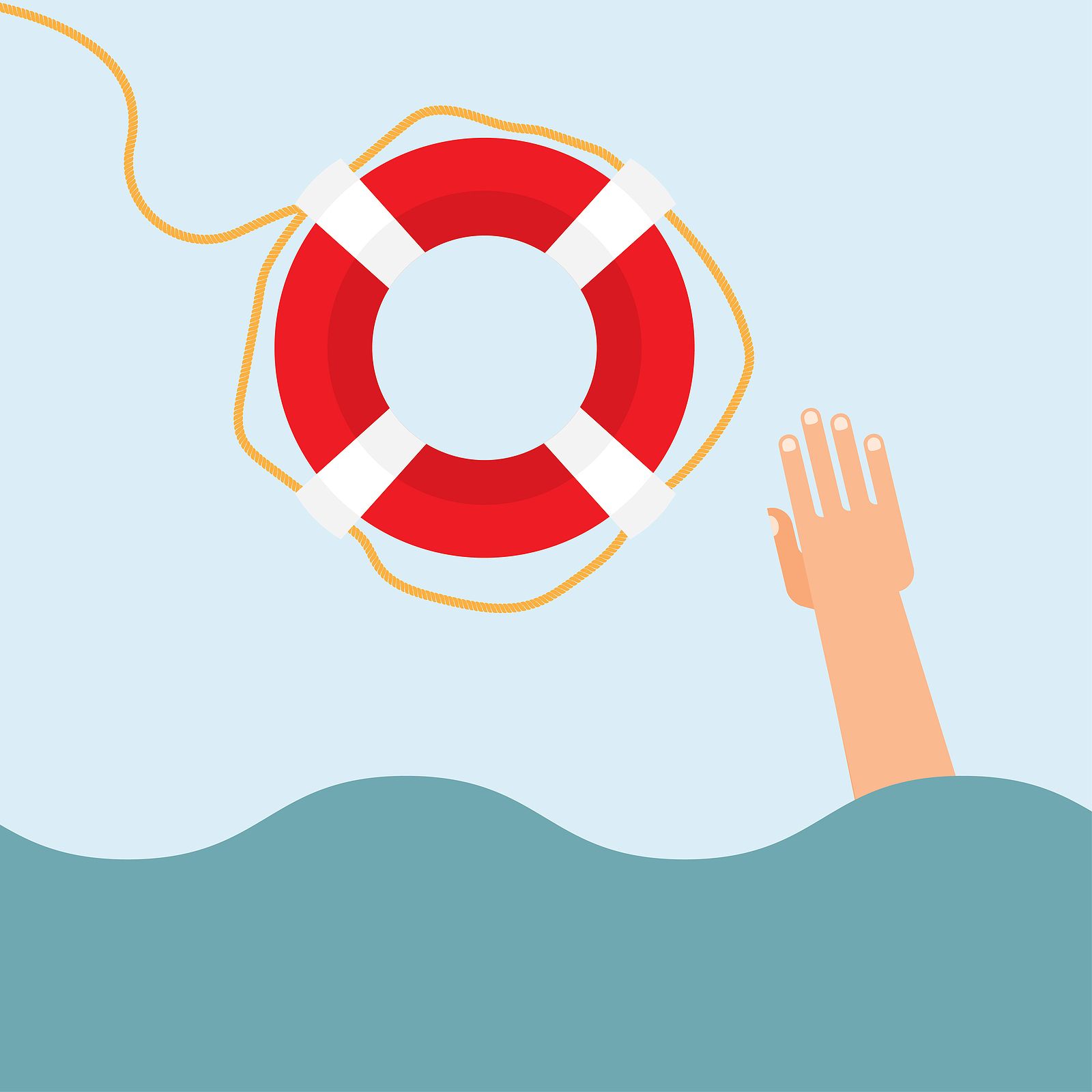By Anya Kamenetz
Since 2020, the number of people trained in mental health first aid in the United States has more than doubled, to more than 1.1 million, says Tramaine EL-Amin, the assistant vice president for strategic partnerships and a client experience officer at the National Council for Mental Wellbeing. The reasons for the growing interest are clear. According to the American Academy of Pediatrics, the state of children and teens’ mental health since the coronavirus pandemic qualifies as a national emergency. The latest national numbers from the Centers for Disease Control and Prevention show “mental health among students overall continues to worsen,” with more than 40 percent of high school students in 2021 showing signs of depression.

Just as first aid training doesn’t make someone a doctor, Mental Health First Aid participants are not certified to provide therapy. But the course helps them act as first responders — to assess a situation, do what they can in the moment and inform a trusted adult. The curriculum covers anxiety and panic disorders, depression, suicidality, eating disorders, addiction and other common mental health concerns for this age group. It trains teens in the appropriate actions to take if a friend shows warning signs of a developing problem, plunges into acute crisis or is recovering.
Mental health care providers are scarce in the United States. In 2019, there were just 14 practicing child and adolescent psychiatrists for every 100,000 children. The CDC says that 80 percent of children and youth who need treatment have no access to a specialized mental health provider. That’s why organizations like Child Trends have been urging schools and communities to take an all-hands-on-deck approach to youth mental health. Rather than place all the pressure on practitioners, the organization encourages a “population health” mind-set that looks upstream and enlists the entire community in promoting mental well-being, prevention and early intervention.
Mental Health First Aid represents one such approach. The National Council for Mental Wellbeing, which delivers the training along with the National Association of Counties, anticipates a new influx of funding following the passage of the Bipartisan Safer Communities Act last June. The states of Arkansas, Maine, North Dakota and Virginia all now mandate some form of Mental Health First Aid training for school personnel, according to EL-Amin.
Parents are signing up for training through PTAs. And an increasing number of teens are being certified to help their peers, since it’s very common for young people to first turn to a friend rather than an adult. The training calls attention to warning signs like losing interest in activities, becoming distant from others and showing anger. These are symptoms of depression that may be confused with just being stressed out about schoolwork.
Although the stressors that contribute to mental health issues are often more common in low-income communities, it appears that adoption of the program, for the most part, has started in wealthier, majority-White districts. The program’s direct cost — excluding loss of classroom time and time for professional development — can range from $1,700 for a small package of instructor training and materials to as much as $52,000 for a district-level package. These costs can be covered by regular school budget, federal grants or outside donors.
Source: Condensed from Washington Post March 3, 2023
